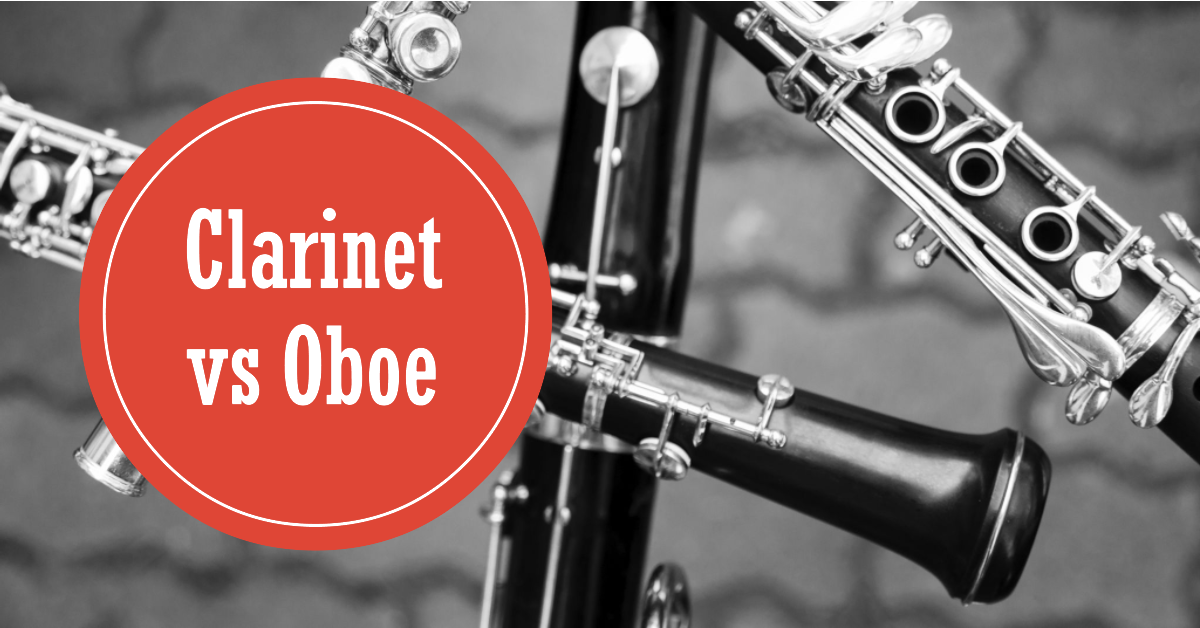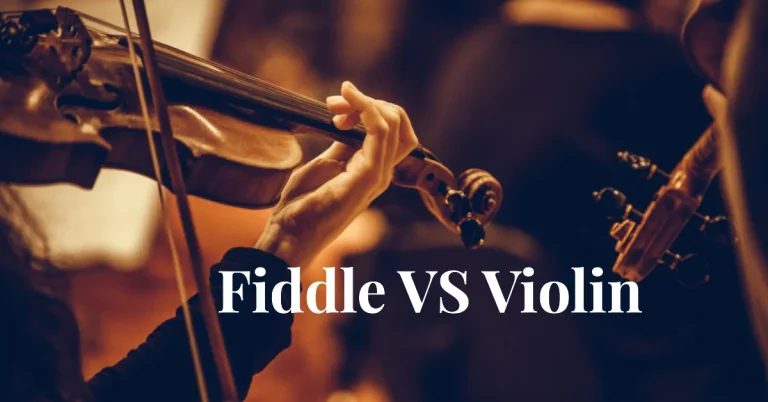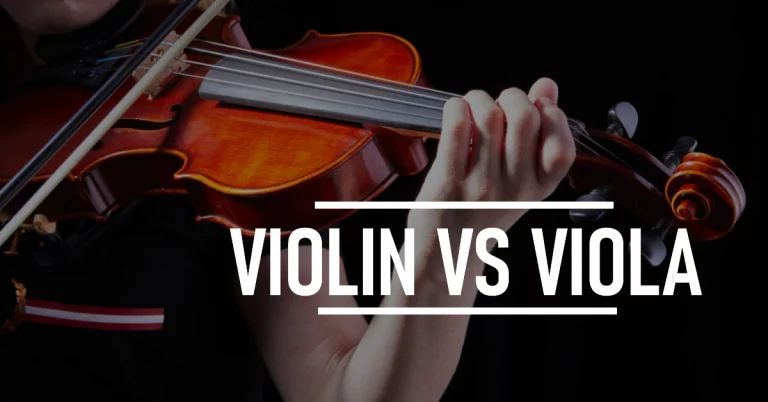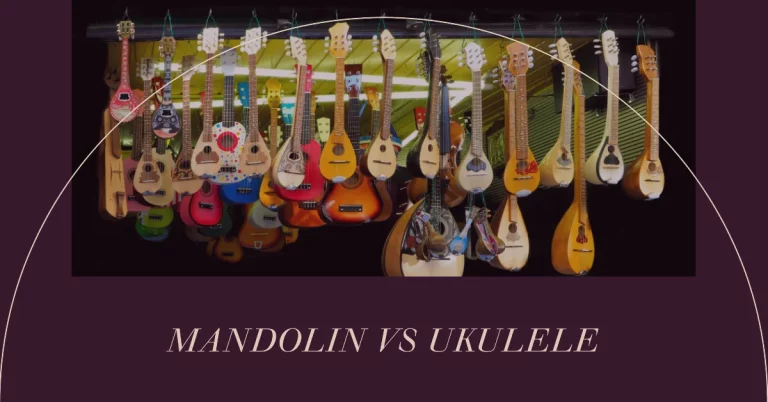The Difference Between Clarinet and Oboe: A Comprehensive Guide
As a music enthusiast, you need to know difference between clarinet and the oboe. The world of woodwind instruments is rich and diverse, offering a multitude of options for to choose from. Both members of the woodwind family, but they have distinct characteristics. We will check differences and similarities between oboe and a clarinet.
Here is a table of key differences between the clarinet and oboe:
| Aspect | Clarinet | Oboe |
|---|---|---|
| Sound | Has a unique sound that can change based on the player and the note being played. | Has a strong, clear sound that can be heard over other instruments. |
| Learning Difficulty | Easier to learn, with lots of music available. | Harder to learn, but can be mastered with regular practice. |
| Cost | Costs between $200 to $400 for beginners, over $1,000 for professionals. | Starts at $900 for beginners, can go up to $8,000 for professionals. |
| Types | Many types, including the Piccolo, Sopranino, and Soprano clarinets. | Fewer types, including the Cor Anglais and Oboe d’amore. |
| History | Developed from an old instrument called the chalumeau. | Origin is unclear, but has been around since the 17th century. |
| Usage | Used in many types of music, including classical, jazz, and pop. | Mostly used in classical music, but can also be found in other types. |
| Famous Players | Includes musicians like Ernest Ackun Luís Afonso and Cristiano Alves. | Includes musicians like Koen van Slogteren and Jonathan Small. |
History and Origins
Clarinet:
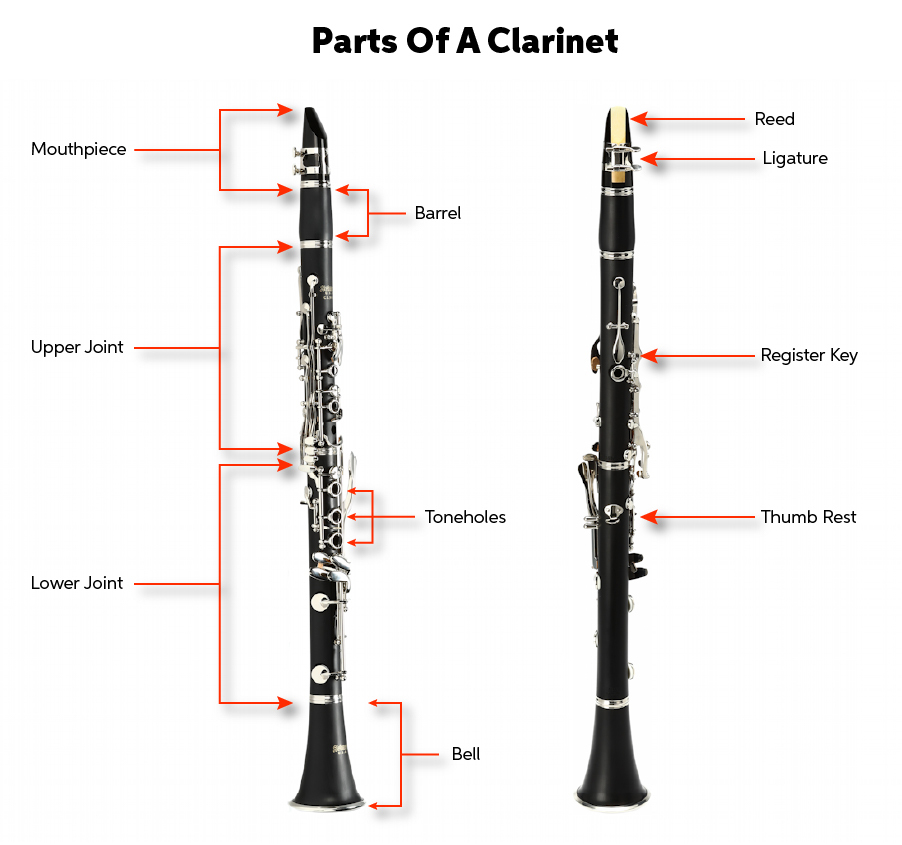
The clarinet was invented in Germany in the early 18th century by Johann Christoph Denner. The instrument became very popular in orchestras and military bands. Nowadays, it is one of the most commonly played woodwind instruments worldwide.
A clarinet is a single-reed woodwind instrument with a cylindrical bore and a flared bell. It is made of wood (usually African blackwood) or plastic, and has a range of over three octaves.
There are different types of clarinets, each with its own unique sound.
- Bb Clarinet: The most common type, used in all kinds of music.
- A Clarinet: Slightly larger than the Bb, used often in orchestras.
- Eb Clarinet: Smaller and higher pitched, used in bands and orchestras.
- Bass Clarinet: Larger with a deep sound, used in orchestras and bands.
- Alto Clarinet: Mid-sized, used in wind ensembles.
- Contrabass Clarinet: One of the largest, with a deep sound.
- Basset Clarinet: A special type of A clarinet, used in some classical music.
- Basset Horn: A type of alto clarinet with a dark tone.
- Eb Alto Clarinet: A larger version of the Eb clarinet.
- Ab Piccolo Clarinet: The smallest type, not commonly used.
Read also : What is difference between mandolin and ukulele
Oboe:
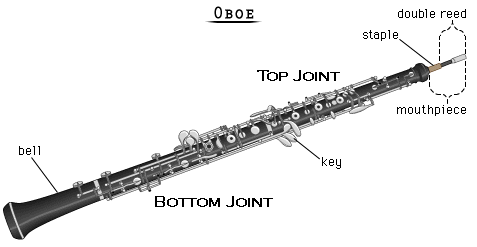
The oboe’s roots trace back to the mid-17th century, evolving from instruments like the shawm. It is a double-reed woodwind instrument. This thing is usually made of wood, often African blackwood, but it can also be made of plastic or fiberglass. The oboe has a conical bore, which means that the inside of the instrument gets wider as it goes towards the bell. This gives the oboe its characteristic bright, piercing sound.
The oboe has a range of over three octaves, from B♭3 to G6. It is a transposing instrument, which means that it sounds one semitone lower than written. This means that if a musician plays a C on an oboe, it will sound like a B♭ to a listener.
Different types of oboes:
- Soprano Oboe: The most common type, used in all kinds of music.
- Oboe d’Amore: Slightly larger than the soprano, often used in Baroque music.
- English Horn: Larger with a deeper sound, often used in orchestras.
- Bass Oboe: Less common, it’s similar in size to the English horn but lower in pitch.
- Heckelphone: The baritone member of the oboe family, rarely used.
- Piccolo Oboe: The smallest and highest pitched type, not commonly used.
Physical Differences Between The Two

When it comes to physical characteristics, the oboe vs clarinet have some notable differences:
- Clarinet: This instrument has a cylindrical shape and is typically made of grenadilla wood or plastic for beginner models. It’s longer than the oboe, measuring about 60 cm in length. Learn more about choosing a clarinet here.
- Oboe: The oboe has a conical shape and is usually made of grenadilla wood. It’s shorter than the clarinet, with a length of about 65 cm. Learn more about choosing an oboe here.
| Clarinet | Oboe | |
|---|---|---|
| Shape | Cylindrical | Conical |
| Material | Grenadilla wood or plastic | Grenadilla wood |
| Length | 60 cm | 65 cm |
Read also: What is difference between fiddle and violin
Sound and Tone
The timbre or tone color of these two instruments is another key difference:
- Clarinet: The clarinet produces a warm, rich tone. Its cylindrical shape contributes to its unique sound, which can range from mellow to bright.
- Oboe: The oboe is known for its clear, piercing tone. Its conical shape and double reed contribute to its distinctive, expressive sound.
Playing Technique
Playing technique varies significantly between them:
- Clarinet: The clarinet uses a single reed and mouthpiece, making it easier for beginners to produce a sound. The player must cover the tone holes to change the pitch.
- Oboe: The oboe uses a double reed, which requires more breath control and embouchure (mouth shape) technique. Like the clarinet, the oboe player changes the pitch by covering the tone holes. Play the Oboe is more hard.
Reed Differences
The type of reed used is another distinguishing factor:
- Clarinet: The clarinet uses a single reed attached to a mouthpiece. This setup allows for a wide range of tones and is easier for beginners to handle.
- Oboe: The oboe uses a double reed, which is placed directly in the player’s mouth. This setup produces a unique, vibrant tone but requires more skill to master.
Mouthpiece and Bore Differences

The mouthpiece of the clarinet is a single reed design, with the reed attached to the flat part of the mouthpiece. The player uses their bottom lip to create a seal against the mouthpiece, which encourages the reed to vibrate and produce sound.
The oboe has a conical bore, meaning the diameter of the tube increases as it extends towards the bell of the instrument. The mouthpiece of the oboe is a double reed design, with two reeds bound together by a thread. The player places the reeds between their lips and blows air through, causing the reeds to vibrate and create sound.
Read Also : What is difference between violin and viola
Musical Genres and Famous Pieces
Both have found their place in various musical genres:
- Clarinet: The clarinet is versatile, featuring in classical music, jazz, pop covers, and more. Famous pieces include Mozart’s Clarinet Concerto and Gershwin’s Rhapsody in Blue.
- Oboe: The oboe is predominantly use in classical music, known for its expressive solos. Famous pieces include Marcello’s Oboe Concerto in D minor and Saint-Saëns’ Sonata for Oboe and Piano.

Advantages and Disadvantages
Both have their advantages and disadvantages for musicians to consider.
| Clarinet | Oboe |
|---|---|
| Advantages | Advantages |
| Widely used in a variety of musical styles Easy to produce sound and learn the basics Lightweight and easy to carry | Produces a unique and beautiful sound Highly expressive and capable of great nuance A key instrument in orchestral and chamber music |
| Disadvantages | Disadvantages |
| Requires a lot of practice to master Expensive to purchase and maintain Can be difficult to make certain notes sound good | Difficult to play in tune and requires excellent breath control Requires a specialized embouchure and reed-making skills Less versatile than the clarinet in terms of musical styles |
Similarities Clarinet vs Oboe
Both instruments are members of the woodwind family and require a similar level of skill to play at a high level.
They both produce sound by blowing air through a reed and have a range of approximately three octaves.
Additionally, both instruments have been use extensively in classical music, with many famous composers featuring the the clarinet and the oboe in their compositions.
Here is a table of similarities between the clarinet and oboe:
| Feature | Clarinet | Oboe |
|---|---|---|
| Type | Woodwind | Woodwind |
| Range | Over three octaves | Over three octaves |
| Transposing instrument | Yes, sounds one semitone lower than written | Yes, sounds one semitone lower than written |
| Uses a reed | Yes, single reed | Yes, double reed |
| Played by blowing air through a mouthpiece | Yes | Yes |
| Commonly used in orchestras, bands, and chamber music | Yes | Yes |
| Popular solo instrument | Yes | Yes |
| Similar timbre | Yes, both have a bright, piercing sound | Yes, both have a bright, piercing sound |
| Similar embouchure | Yes, both require a similar shape of the lips and mouth | Yes, both require a similar shape of the lips and mouth |
FAQs
The clarinet is longer, has a cylindrical shape, and uses a single reed. The oboe is shorter, has a conical shape, and uses a double reed.
Both are woodwind instruments that produce sound through a vibrating reed and have similar fingerings.
The main differences are the type of reed use (single for clarinet, double for oboe) and the shape of the instrument (cylindrical for clarinet, conical for oboe).
While there are similarities in fingering, the playing techniques are quite different due to the type of reed and embouchure required.
Conclusion
In summary, the clarinet and oboe are both part of the woodwind family, but they have some important differences. They look and sound different, and you play them in different ways. They also use different types of reeds. Whether you want to play the clarinet or oboe, knowing these differences will help you understand and enjoy each instrument’s special characteristics. It will also guide you on your musical journey.

